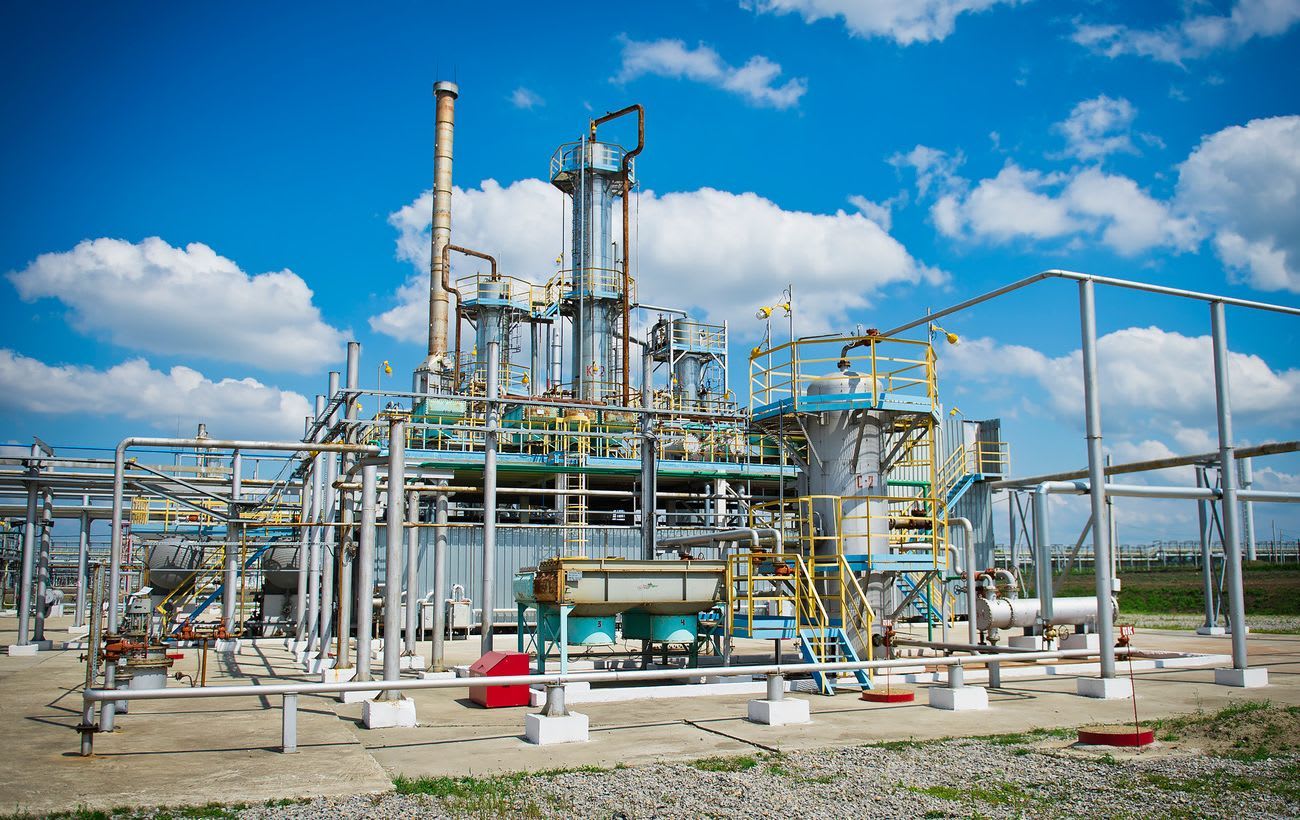Ukraine’s Strategic Shift in Targeting Russian Industrial Facilities
Recent military actions by Ukrainian forces have signaled a renewed focus on targeting key industrial sites within Russian territory. This shift has been highlighted by military expert Ivan Stupak, who shared his insights on the RBC-Ukraine YouTube channel. According to Stupak, Ukraine is once again employing a strategy centered on disrupting Russian oil refineries and other critical infrastructure.
Support kami, ada hadiah spesial untuk anda.
Klik di sini: https://indonesiacrowd.com/support-bonus/
The Krasnozavodsk Chemical Plant
One of the primary targets identified by Stupak is the chemical enterprise located in Krasnozavodsk. This facility plays a significant role in the region, producing explosives, components for explosives, and supporting the broader Russian military-industrial complex. Stupak noted that this site has previously been targeted, with an earlier drone strike failing to detonate. While no major explosions were recorded at the time, he expressed hope that the attack may have resulted in casualties or damage to production facilities.
Stupak emphasized that the recent attacks suggest a continued effort by Ukraine to undermine Russia’s industrial capabilities. He pointed out that the Krasnozavodsk Chemical Plant was attacked again during the night of July 7, where it was reported that Ukrainian forces targeted the production of warheads used in Shahed kamikaze drones.
The Ilsky Oil Refinery Strike
Another key target in Ukraine’s recent operations was the Ilsky Oil Refinery, named after A.A. Shamar, located in the Krasnodar region. On July 7, long-range Ukrainian drones struck the facility, hitting one of its processing units. The attack led to a fire and temporarily halted part of the refinery’s production processes.
Support us — there's a special gift for you.
Click here: https://indonesiacrowd.com/support-bonus/
Despite the lack of visible photos or video footage from the incident, Stupak suggested that the strike might not have been highly successful in terms of immediate destruction. However, he noted that the attack aligns with a broader strategy of targeting Russian oil refineries. This approach appears to be a return to previous tactics that aim to weaken Russia’s energy infrastructure and disrupt its military supply lines.
Implications of the Strategy
The resumption of attacks on oil refineries and chemical plants indicates a strategic shift in how Ukraine is conducting its defense efforts. By focusing on these critical facilities, Ukrainian forces are likely aiming to create long-term disruptions in Russia’s ability to sustain its military operations. These strikes also serve as a psychological tool, demonstrating Ukraine’s capability to reach deep into Russian territory and inflict damage on key sectors of the economy.
Experts like Stupak believe that such operations could have a ripple effect on the Russian military-industrial complex, potentially leading to delays in production and increased costs. Moreover, the targeting of facilities involved in the production of drones and other military equipment highlights the growing importance of technological warfare in the conflict.
Broader Context of the Conflict
The ongoing attacks reflect the evolving nature of the war in Ukraine. As both sides continue to adapt their strategies, the focus on industrial and logistical targets underscores the increasing reliance on precision strikes and cyber operations. These tactics are not only aimed at weakening the enemy’s capabilities but also at sending a clear message about the resilience and determination of Ukrainian forces.
In addition to direct military strikes, there is a growing emphasis on disrupting supply chains and limiting access to critical resources. This approach is likely to shape the future of the conflict, as both sides seek to gain an upper hand through sustained pressure on each other’s infrastructure.
Conclusion
As Ukraine continues to refine its military strategy, the targeting of Russian oil refineries and chemical plants represents a significant shift in the conflict. These operations not only aim to weaken Russia’s industrial base but also serve as a demonstration of Ukraine’s capacity to conduct high-impact strikes. With the ongoing evolution of warfare, the focus on strategic infrastructure will remain a crucial element in determining the trajectory of the conflict.






